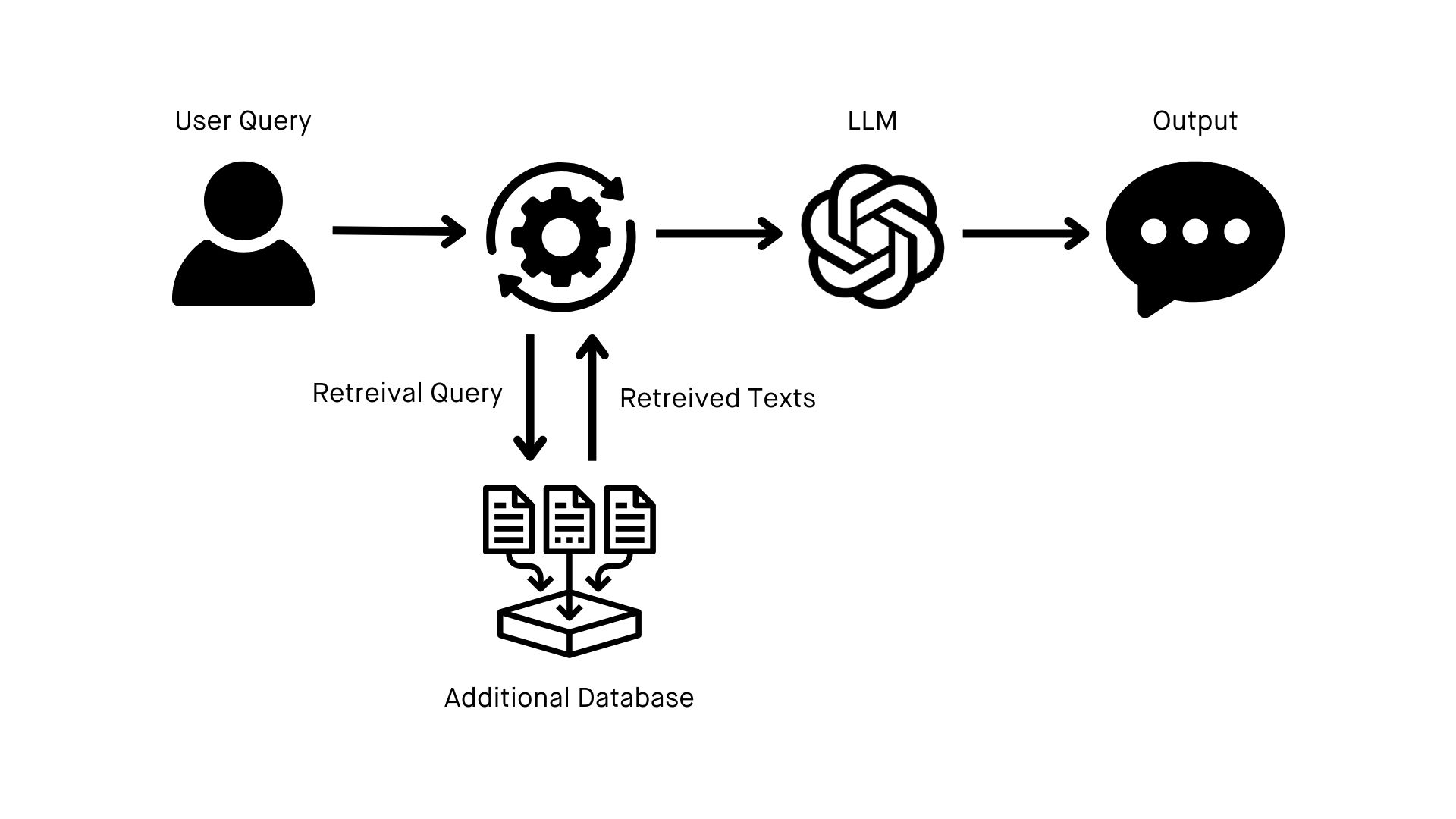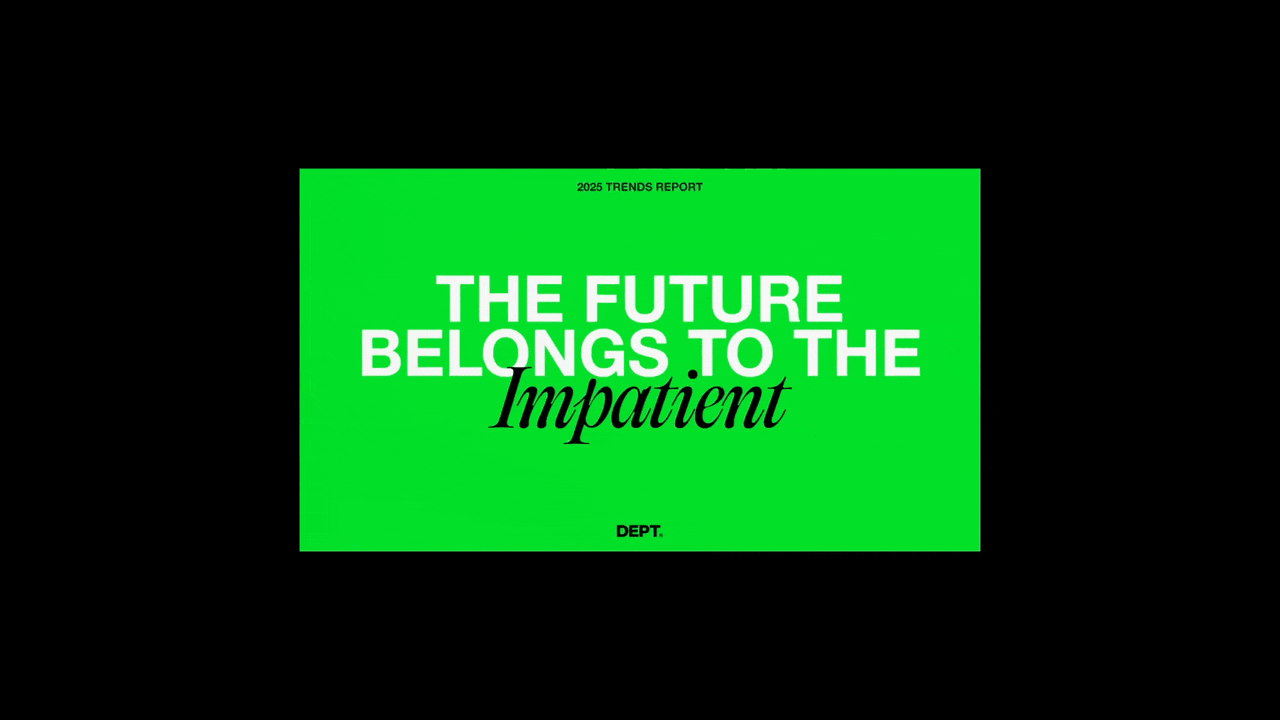AI TRANSFORMATION
DEPT® TRENDS 2025
At DEPT®, we’re all in on the positive potential of AI to transform businesses for the better. For more, download our 2025 report, The future belongs to the impatient, where we explore insights, predictions, and actionable insights for tackling AI in the coming year.
Download report



